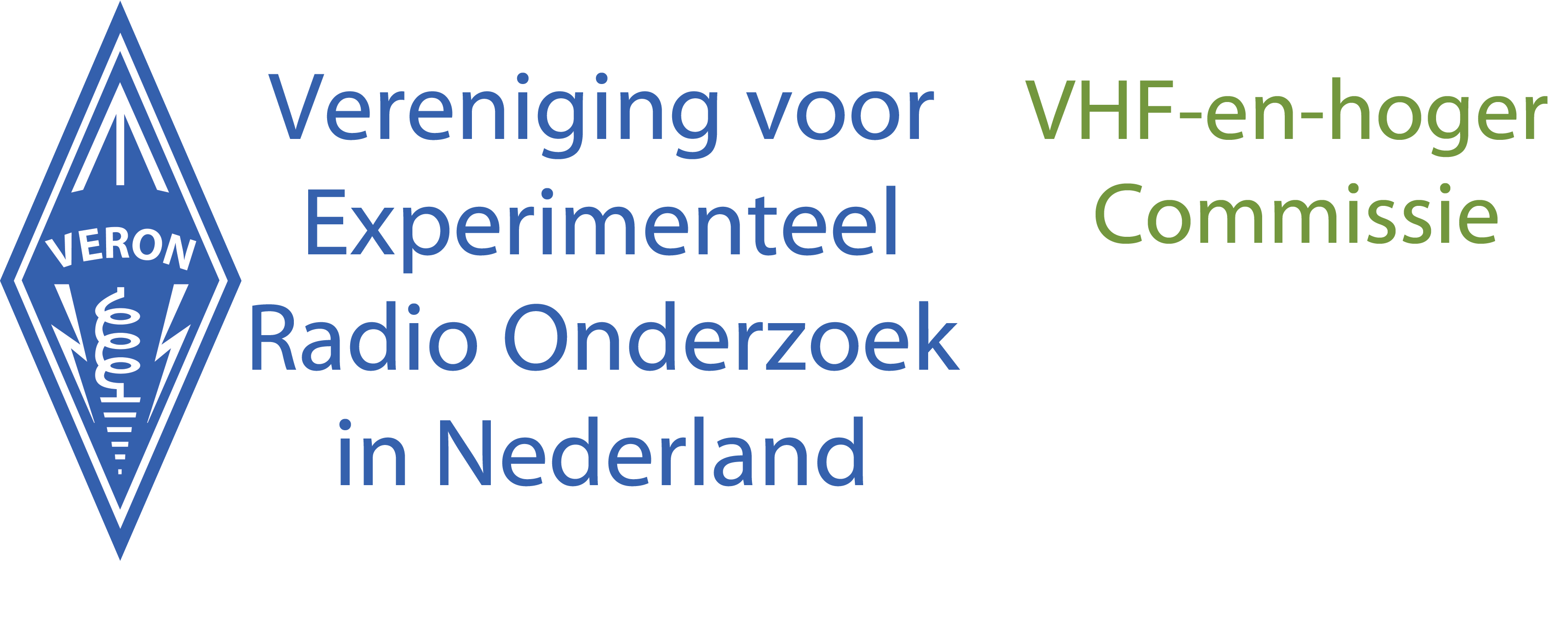ARISS Schoolcontact op donderdag 2 febr. 2017 om 18:49 UTC
Een ARISS schoolcontactmet een Amerikaanse School in Danbury, CT, USA loopt dit keer via het ARISS grondstation van ON4ISS in Belgie en is daarom hier in Nederland zeker goed te ontvangen.
Shane Kimbrough, KE5HOD, is de astronaut die dit keer de vragen van de South Street School, Danbury gaat beantwoorden. Het contact is gepland voor donderdag 2 februari 2017 om 18:49 UTC , ofwel 20:49 lokale tijd.
Zie hieronder voor een presentatie van de school en de vragen die de kinderen gaan stellen.
73’s
Bertus
PE1KEH
==============================================
There are two schools participating in this event; South Street Elementary
School and Westside Middle School Academy (WMSA).
Westside Middle School Academy offers students a unique opportunity to
partake in rigorous hands-on activities. There are two academies at
Westside, STEM and Global Studies. In the STEM academy, students take part
in engineering projects such as building small paper boats, designing escape
pods and launching weather balloons. Students also participate in the
Connecticut Invention Convention and Connecticut State Science Fair.
Teamwork is essential at Westside. Our teachers encourage us to go beyond
our limits and to give our best effort. In addition, Westside has a culture
of safety, respect and responsibility (S R 2), which ensures that all
students are learning in a safe environment. Finally, the diversity of our
school community enhances the learning experience for all students.
South Street School is one of 13 elementary schools in the city of Danbury.
The staff of South Street prides themselves on the diversity of the school
as it compares to the rest of the district as well as the state. The state
average for Hispanic students making up the school population is 22.1%,
South Street boasts a solid 64.5% Hispanic population. The “Melting Pot”
community that is found at the school allows for an incredible mix of
background experiences, cultural traditions and a wealth of different styles
of learning. The majority of students gets to and from school by walking
with their families or friends and the sense of community and family is
strongly felt in the school and the surrounding areas. Students at South
Street thrive in an environment that emphasizes inquiry based learning and
hands on experiences to fully immerse themselves in the complex curriculum
of today’s schools.
Participants will ask as many of the following questions as time allows:
From South Street
1. Joycelyn (4th grade): What is the most difficult part of your job?
2. Bryan (5th grade): What type of microorganisms are dangerous in space? What micro-organisms are important and needed in space?
3: Zahara (5th grade): What type of medical testing does and astronaut have to go through to be physically and mentally fit for duty?
4. Juliet (4th grade): Did you always want to be an astronaut, or is it something you came to as part of a different career?
5. Shianne (5th grade): Does it bother you that you cannot see your family in space?
6. Madison (5th grade): What was it like to leave the Earth’s atmosphere, how did it feel?
7. Mia (5th grade): How long can a human stay in space?
8. Lindsey (5th grade): How are you able to get internet in space and send information back and forth to Earth?
From WSMA
9. Bethany (7th grade): How do you handle Major Medical emergencies such as a broken arm or a heart attack?
10.Paloma (7th grade): Do you have medical equipment besides a first aid kit ?
11. Oscar (7th grade): Can you alter the procedure of an experiment?
12. Alex (7th grade): Are you limited in the types of experiment? Such as doing an experiment with open fire?
13. Marianna (7th grade): Do astronauts work only on experiments that suit his/her specialty?
14. Stella (7th grade): Do all the astronauts sleep at the same time?
15. Kayla (7th grade): How do you overcome the language barrier aboard the ISS?
16. Vinny (7th grade): Do astronauts have specific chores aboard the ISS?
17. Shelbie (5th grade): Is there different types of weather in space? How does the temperature change during the time you are there?
18. Nicholas (5th grade): Is time different in space? How do you figure out what time it is on Earth?
19. Alexis (7th grade): What is the emergency procedure if debris were going to hit the space station?
20. Alexis (7th grade): What time zone is the ISS on?


Plaats een Reactie
Meepraten?Draag gerust bij!